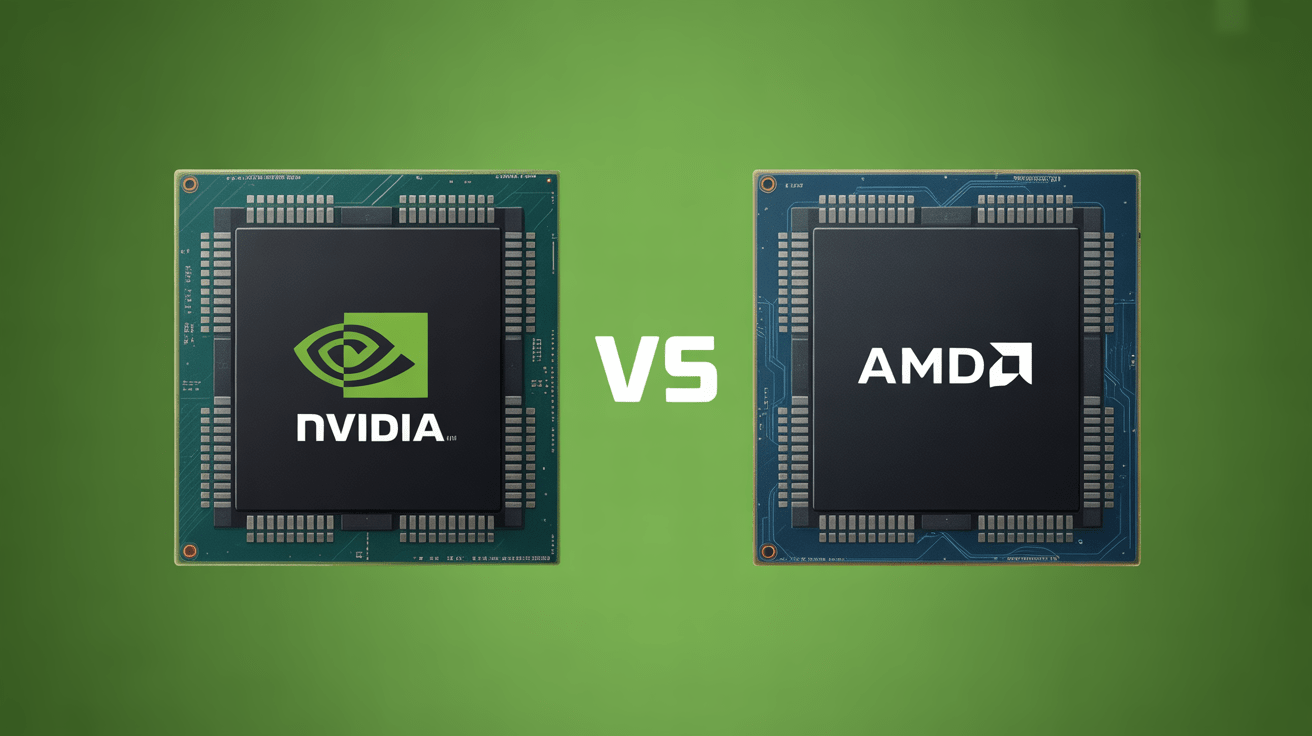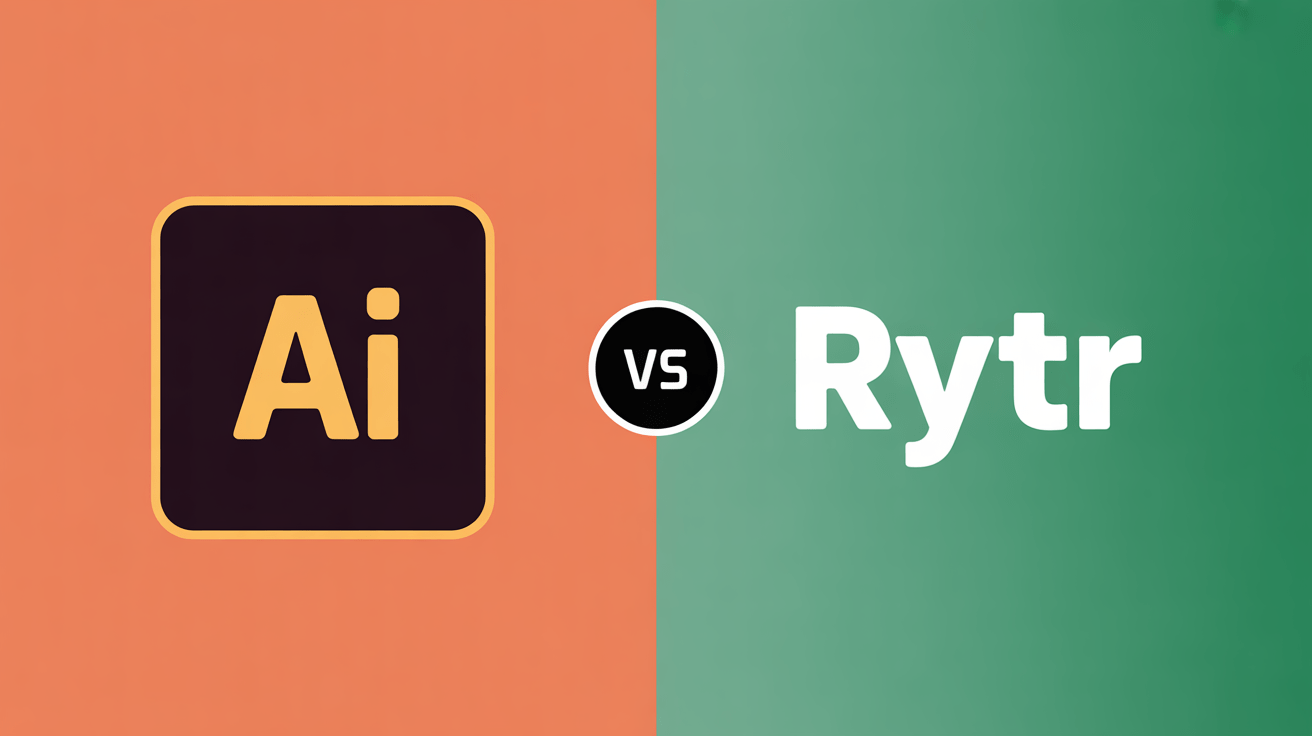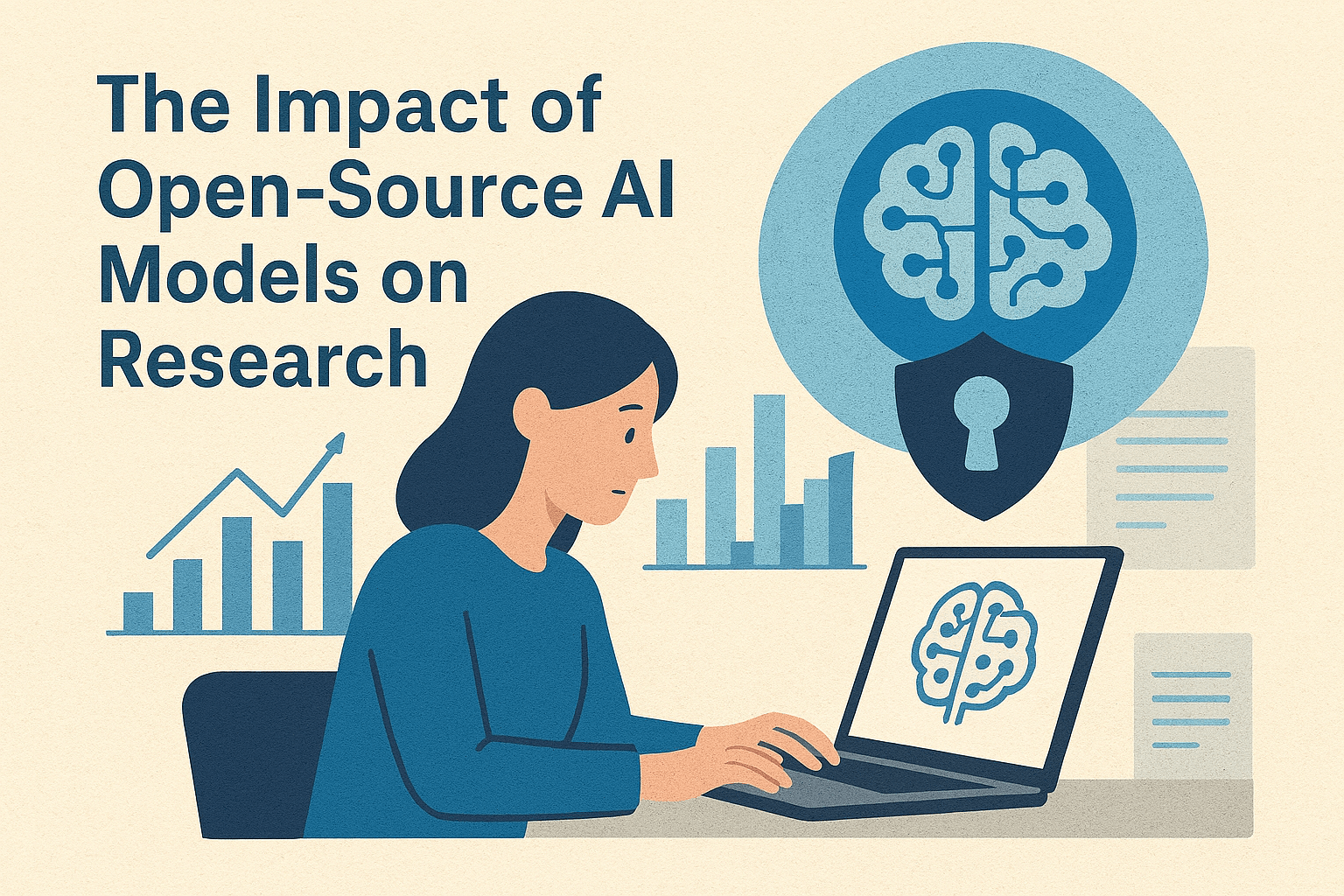
In the rapidly evolving domain of artificial intelligence, the race to develop the most efficient and powerful AI training chips has boiled down to two dominant hardware giants: NVIDIA and AMD. Both companies bring distinct architectural philosophies,cutting-edge silicon,and sophisticated software ecosystems to the table. This article delivers an exhaustive comparison focused explicitly on AI training chip performance, dissecting technical details, benchmarks, ecosystem impacts, and implications for developers, researchers, and investors aiming to navigate this critical landscape.
Silicon Foundations: Divergent Architectures in AI training Chips
NVIDIA’s Tensor Core Evolution and Ampere/Grace Architectures
NVIDIA’s AI training dominance largely stems from its pioneering introduction of Tensor Cores-dedicated hardware units designed for accelerating matrix multiplications and convolutions common in deep learning. The Ampere GPU generation, exemplified by the A100 chip, integrates third-generation Tensor Cores delivering up to 312 TFLOPS of AI performance, with support for mixed precision FP16/FP32 and the newer TF32 formats optimized for deep learning workloads.
Adding to this hardware muscle is the Grace CPU, a custom Arm-based processor optimized for large-memory, high-bandwidth AI training workloads, which Nvidia tightly couples with GPUs via NVLink to create heterogeneous compute nodes optimized for scale.
AMD’s CDNA Architecture and MI-Series Accelerators
On the other side, AMD’s AI training throughput hinges on the CDNA (Compute DNA) architecture, a GPU architecture re-engineered for HPC and AI rather than graphics. The MI250X, a flagship accelerator, boasts a multi-die design known as MCD (multi-chip module), enhancing scalability and memory bandwidth through coherent interconnects between dies.
AMD also emphasizes versatility with support for FP64, FP32, INT8, and BFLOAT16 precision modes, with advanced matrix core units known as Matrix Cores driving AI throughput, though often lagging behind NVIDIA’s tensor Cores in raw peak operations per second.
Architectural Trade-offs: Precision, Parallelism, and Memory Systems
One critical architectural divergence lies in precision focus. NVIDIA’s Tensor Cores prioritize mixed and sparse precision for AI training acceleration, enabling faster convergence with lower power footprints. AMD leans into flexibility, servicing broader HPC workloads while maintaining respectable AI training performance.
Memory architectures also differ – NVIDIA’s use of HBM2e and unified memory with NVLink creates bandwidth efficiencies, while AMD’s multi-die design introduces scalability benefits but can add latency overhead in interconnect traffic. These foundational distinctions shape performance profiles extensively.
The cloud-native delivers major improvements – and it’s just the beginning!
Benchmarking AI Training Performance: Metrics and Real-World Tests
core Throughput: AI FLOPS and Mixed Precision Benchmarks
AI training performance is primarily measured through floating-point operations per second (FLOPS). NVIDIA’s Ampere A100 offers peak mixed-precision (TF32) throughput of up to 312 TFLOPS with hardware acceleration for sparsity, effectively doubling usable throughput in supported models. AMD’s MI250X targets ~470 TFLOPS FP16 compute but without sparsity optimizations, leading to a narrower practical throughput gap.
memory Bandwidth and Capacity Impact on Training Speed
In practice, the bandwidth between chip and memory can bottleneck training times, especially for large models. NVIDIA’s A100 supports 1.5 TB/s bandwidth via HBM2e, while AMD’s MI250X offers competitive but marginally lower 1.2 TB/s with its multi-die HBM2 stacks. However, AMD’s chip benefits from higher aggregate memory capacity through its multi-chip module approach, easing the training of large-scale AI models that push memory limits.
Latency and Scalability: Multi-GPU Training Considerations
Large AI models often require multi-GPU or multi-node setups. NVIDIA’s adoption of NVLink and the newer NVSwitch enables ultra-low latency, high-bandwidth GPU interconnects. AMD counters with its Infinity Fabric,which scales well but has slightly higher inter-GPU latency.Empirical tests show NVIDIA excels in synchronized gradient exchange scenarios, shortening epoch times considerably.
software Ecosystem and Framework Compatibility
NVIDIA’s CUDA, cuDNN, and Deep Learning SDKs
NVIDIA’s longstanding advantage comes from its thorough software stack: CUDA is the de facto GPU programming standard, with paired libraries like cuDNN, TensorRT, and NCCL designed for optimized AI workload execution. The ecosystem ensures deep integration with frameworks such as TensorFlow, PyTorch, and MXNet.
AMD’s ROCm and Expanding AI Software Support
AMD developed the ROCm (Radeon Open Compute) platform to provide a flexible open-source GPU programming environment rivaling CUDA. ROCm supports major deep learning frameworks through HIP (Heterogeneous-compute Interface for Portability), but adoption and maturity lag behind NVIDIA’s ecosystem.Though,continuous improvements and partnerships,including with pytorch and TensorFlow developers,are closing the gap.
Interoperability and Developer Tooling Challenges
For engineers, NVIDIA’s software maturity translates to fewer hurdles when optimizing AI training pipelines.AMD’s ROCm still requires more manual tuning and lacks some advanced profiling tools. This discrepancy affects time-to-deployment and iterative experimentation speed.
The cloud-native delivers major improvements – and it’s just the beginning!
Power Efficiency and Thermal Management in Training Environments
TDP Comparison and effective Performance per Watt
AI training chips typically operate at high thermal design power (TDP) ranging from 250W to 400W. NVIDIA’s A100 runs at approximately 400W, while AMD’s MI250X targets between 300-400W depending on configuration. Despite the similarity in peak power, NVIDIA’s efficiency optimizations in Tensor Core usage and sparsity frequently enough yield better performance per watt in real-world training scenarios.
Thermal Design and Cooling Solutions Impact
AMD’s multi-chip module approach complicates thermal dissipation, requiring advanced cooling solutions to maintain stable operating conditions. NVIDIA’s monolithic GPUs benefit from mature thermal designs supporting dense multi-GPU server racks. Power efficiency is not only an operational cost concern but also influences model training throughput and data center deployment scale.
Cost Implications for Large-Scale AI Centers
Power consumption directly affects cloud providers and enterprises running AI training clusters. While AMD cards may be competitively priced, higher power bills and cooling infrastructure costs can offset hardware savings over time.
Industry Adoption and Integration trends in AI Training Systems
Cloud Providers and AI Training Instances
Leading cloud platforms like AWS,Azure,and Google Cloud predominantly offer NVIDIA GPU instances due to certain software compatibility and broad ecosystem support. As a notable example, AWS’s p4d instances leverage NVIDIA A100 GPUs, favored by enterprises and startups for large scale deep learning workloads.
On-Premise AI Training and Research Lab Preferences
Research institutions valuing open-source flexibility sometimes experiment with AMD GPUs to capitalize on ROCm’s open philosophy. Though,the dominant presence of CUDA-accelerated tooling frequently enough leads to NVIDIA-centered infrastructure in most AI research labs globally.
Enterprise Procurement and Vendor Roadmaps
enterprises developing proprietary AI models weigh raw performance against ecosystem lock-in risks. NVIDIA’s entrenched market position and accelerated hardware refresh cadence mitigate risk for many, whereas AMD’s competitive pricing and rising roadmap ambition make it an attractive disruptor in the AI training chip market.
Future Directions: NVIDIA vs AMD AI Chip Roadmaps and Innovations
NVIDIA Hopper and Beyond: Pushing AI Training to Exascale
NVIDIA’s Hopper architecture is engineered specifically for AI training acceleration, introducing fourth-generation Tensor Cores with FP8 precision support and dramatically improved multi-instance GPU (MIG) capabilities. The focus is on enabling exascale AI model training and expanding support for generative AI workloads.
AMD’s CDNA 3 and AI-Specific Enhancements
AMD’s upcoming CDNA 3 generation promises increased matrix compute density and an enhanced infinity Cache to reduce memory bottlenecks. Forthcoming chips are expected to bring improved AI-specific cores analogous to NVIDIA’s Tensor cores, aiming to close performance disparity in large model training.
Integration with AI-Specific Chiplets and Coherent Compute Fabrics
Chiplet-based designs are poised to become central,with AMD pioneering multi-die implementations and NVIDIA exploring chiplet integration for future GPUs. Coherent fabrics interconnect heterogeneous processing elements like CPUs, GPUs, and AI accelerators tightly, possibly redefining AI chip performance and efficiency ceilings.
Real-World Developer Perspectives: Workflow Adaptations for Chip Architectures
Optimizing Training Workloads per Vendor Hardware
developers targeting NVIDIA chips typically leverage mixed precision training through NVIDIA’s best practices, optimizing layer sparsity and deploying automatic mixed precision (AMP) tools. AMD users often rely on manual precision tuning and ROCm tools,spending more time refining kernels for peak performance.
Profiling Tools and Debugging AI Pipelines
NVIDIA’s Nsight Systems and Compute provide sophisticated profiling enabling fine-grained optimization of bottlenecks in training workflows. AMD’s CodeXL and ROCm Profiler serve similar roles but are less feature-rich, impacting developer productivity and insight depth.
Common Performance Pitfalls and Mitigation Strategies
- Memory fragmentation limiting maximum batch sizes – mitigated via unified memory management techniques.
- Inefficient kernel launches increasing latency - addressed by optimized kernel fusion and overlap strategies.
- Interconnect congestion in multi-GPU scaling – reduced through NCCL enhancements (NVIDIA) and tuning of Infinity Fabric protocols (AMD).
Market Impact Analysis: Investment and Competitive Dynamics
Stock Performance and Investor Sentiment
historically, NVIDIA’s market capitalization and investor confidence reflect its entrenched AI leadership. AMD’s resurgence driven by competitive chip launches and AI promise spurs growing analyst optimism but remains tempered by ecosystem adoption hurdles.
Strategic Partnerships and Ecosystem Expansion
NVIDIA’s partnerships with major AI research labs, cloud providers, and autonomous vehicle companies strengthen its market moat around AI chip dominance. AMD has formed key alliances, including with major server OEMs and open-source communities, signaling a strategic push into AI training workloads.
Potential Disruptors and the Role of Custom AI ASICs
While NVIDIA and AMD are leaders,emerging custom AI ASICs from Google (TPU),Graphcore,and Cerebras add complexity to the competitive landscape.Both firms are investing in AI that combines GPUs with custom accelerators to future-proof performance leadership.
Summary: Choosing Between NVIDIA and AMD for AI Training Performance Needs
For developers, researchers, and organizations focused on AI training performance, the choice between NVIDIA and AMD rests on several pillars:
- Performance: NVIDIA leads in raw mixed-precision performance, especially with sparsity acceleration.
- Ecosystem: NVIDIA’s CUDA and deep learning tooling far exceed ROCm’s current maturity.
- Cost & Efficiency: AMD offers attractive pricing and good power efficiency, though NVIDIA’s overall TCO may be favorable given faster training throughput.
- Scalability: NVIDIA’s interconnect and multi-GPU software stack is superior for large-scale training deployments.
- flexibility: AMD’s open-source stack and multi-die design offer compelling benefits for certain HPC & AI converged use cases.
Ultimately, organizations must weigh hardware capabilities against software ecosystem readiness and total cost of ownership. The AI training chip performance landscape continues to shift as both giants innovate aggressively.






